The British Army went to war in 1914 with a rifle it believed to be obsolete and a cartridge that was ballistically inferior to those of its enemies.

The British ended the war four years later with the same rifle, knowing it had proven its worth under the worst of conditions and earned a reputation as the finest overall battle rifle in the war. The Lee-Enfield No. 1, Mk III, or “Short, Magazine, Lee-Enfield” (SMLE), was one in a long line of rifles dating back to 1888, with the first of its kind, the Lee-Metford, firing the then-new .303 British cartridge. It was developed at the Royal Small Arms Factory at Enfield Lock, north of London, and many famous names were involved in its design.
The superintendent at Enfield Lock was John Rigby, partner in London’s famous John Rigby & Co., and grandson of the founder. William Ellis Metford was a prominent firearms designer and inventor of Metford rifling. Both men were noted long-range riflemen. James Paris Lee was the Scottish-born inventor of the detachable box magazine and an early proponent of turn-bolt rifles.
After exhaustive testing and evaluation of dozens of entries in a competition to choose a new military rifle to replace the Martini-Henry, the committee settled on Lee’s basic design combined with Metford’s rifling. Then began the usual British practice wherein the rifle was repeatedly tested, modified, tested again, employed in various conflicts and continually altered to meet changing combat demands. Different models, and variations of models, were denoted by numbers, marks and asterisks.
This story is from the Rifle Special Edition 2017 edition of Rifle.
Start your 7-day Magzter GOLD free trial to access thousands of curated premium stories, and 8,500+ magazines and newspapers.
Already a subscriber ? Sign In
This story is from the Rifle Special Edition 2017 edition of Rifle.
Start your 7-day Magzter GOLD free trial to access thousands of curated premium stories, and 8,500+ magazines and newspapers.
Already a subscriber? Sign In
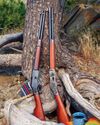
CIMARRON .32-20 Short Rifle & Carbine
In the heyday of Winchester Repeating Arms Company lever guns, it offered muskets, standard rifles, short rifles and saddle ring carbines.
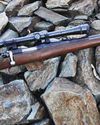
Remington's Model 722 and .222 Cartridge
It's easy enough to define what a varmint is, those pesky critters that tear up pastures, flower beds and all kinds of expensive crops people need for various reasons - most importantly, to make a living and/or something with which to feed themselves.

Coyote Bullets
What is Best for You?
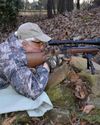
Remington's 5mm Rimfire Magnum
Shooting a Classic
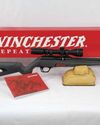
Winchester's New Wildcat
The Ultralight Rimfire Varmint Rifle
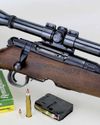
.223 Remington from .30-30 Winchester?
Multitasking for Varmints

LOADS FOR A .22 TCM
The .22 TCM first appeared commercially in 2012, chambered in a Rock Island Armory 1911-style handgun.
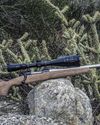
Everybody Loves Velocity
The 4,500-fps WSSM Project
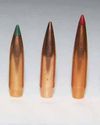
A BOLT-ACTION FRANCHI 224 VALKYRIE
Testing New Loads
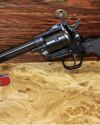
.22 Winchester Magnum Rimfire
Shooting Revolvers